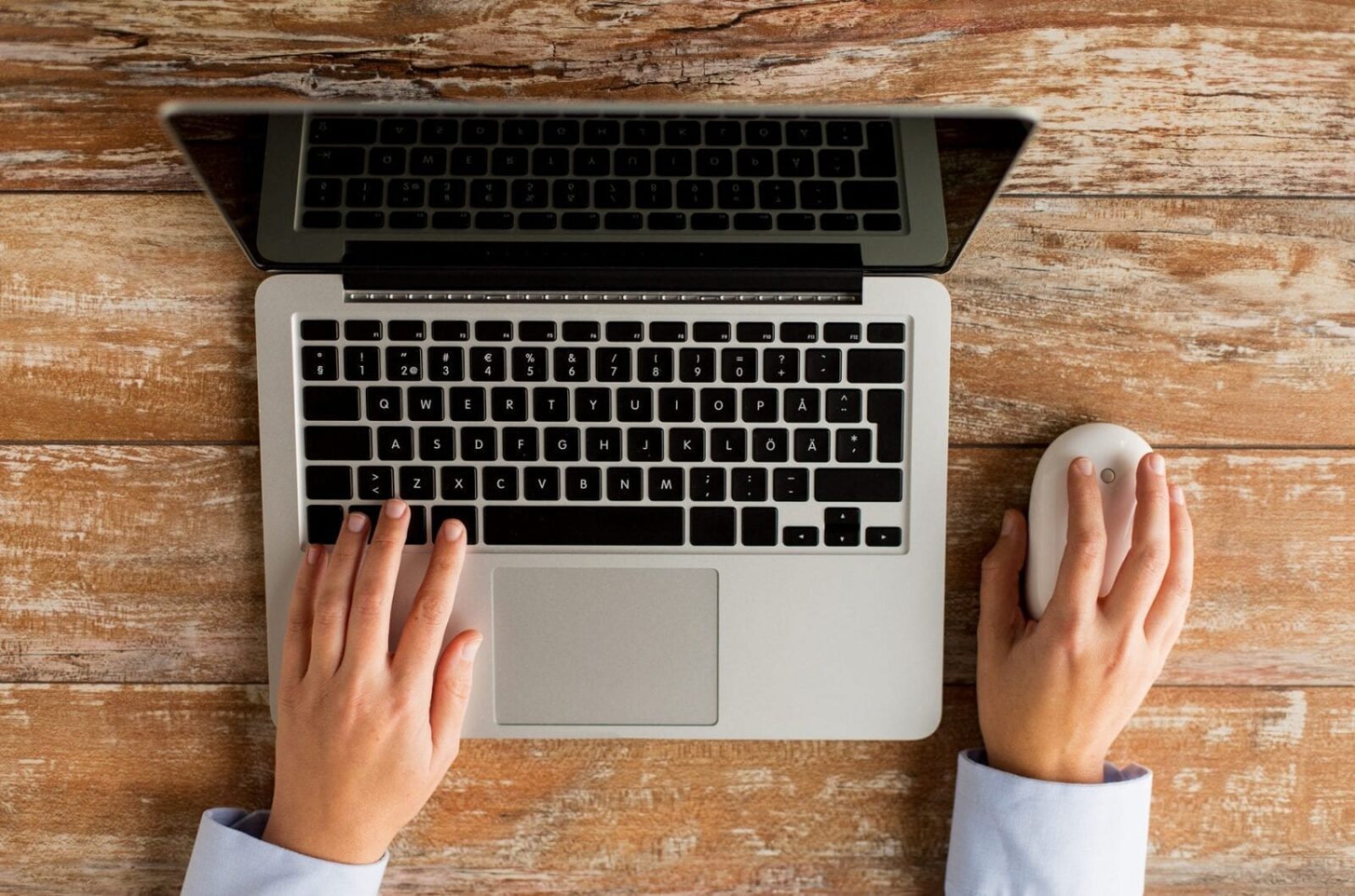Optimising images is an often overlooked part of good SEO. This is a shame because optimising images can help you bring in more traffic and sales to your website. You can optimise images for search engines, for social media and for people and it’s not that difficult or time-consuming to do.
We have put together the following short checklist for optimising your images:
- Search engines can’t work out the content of images, so you need to include a short title and a description for the image in the Alt text – and use your keywords in both the Alt text and title here. Alt text is set in HTML code and your website’s content management system may give you the option to set this more easily.
- Image captions are one of the most read items on a web page (next to headlines) so use this important piece of real estate and don’t forget to include keywords in your captions.
- Search engines also crawl the file name of the image, so change the default file name from something random such as “982314368367XY.jpg” to something descriptive, such as “Red-handbag.jpg” or “kitchen-makeover-before.jpg” and use keywords where possible.
- To reduce loading times use a photo editing tool such as PicMonkey to keep the image file size below 70kb. Page loading times are very important for mobile devices in particular and the longer a page takes to load, the greater your bounce rate.
- For photo quality images and faster loading times, upload your images as jpg files, as they have smaller file sizes than GIF or PNG.
- If you aren’t too tech-savvy, you can use a plugin, such as SEO Friendly Images (for WordPress), to automate your Alt text and Title tags for all your images.
- Make sure your images are relevant to your content (good SEO) and refer to these images in your content.
- Submit an image sitemap to Google which helps Google find your images and identify their importance to your content – which helps with ranking.
- Create links to your images using relevant anchor text. For example, ‘Map of NSW’ or ‘Colonial style home’.
- Use high quality and professional-quality images on your website and place important images above the fold (the point where the user needs to scroll down) to catch the reader’s eye.
Lastly, it is important to use the right images on your website and while original photos are clearly the better way to go, there are some very good resources online. For example, check out Flickr, Photodune, Fotolia or iStockPhoto.
If you want help optimising your website for search engines, call GO Creative web design in Brisbane on 07 3333 2932 or request a free quote.

